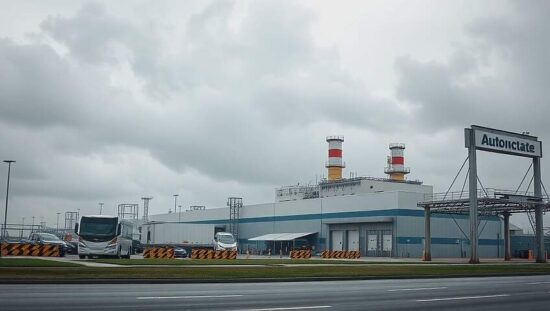Germany’s automotive sector is poised for a massive investment spree, committing over €500 billion between now and 2029, according to the VDA, the industry’s prominent association. While this substantial outlay signals continued commitment to innovation and production, it simultaneously highlights a growing concern regarding Germany’s competitiveness and the potential for job displacement within the country.
The VDA estimates approximately €320 billion will be channeled into research and development globally between 2025 and 2029, with an additional €220 billion earmarked for tangible asset investments, predominantly focused on factory construction and modernization. This significant capital injection is largely driven by the imperative to develop new powertrain technologies, necessary to navigate the rapidly evolving landscape of electric vehicles and alternative fuels.
However, VDA President Hildegard Müller’s recent statements to “Bild” newspaper reveal a troubling trend: an increasing proportion of these investment funds are flowing outside of Germany. This shift underscores a growing perception that the German industrial heartland is losing its appeal for global automotive manufacturers and suppliers. The reasons cited include escalating regulatory burdens, bureaucratic inefficiencies, rising energy costs and an uncompetitive tax regime.
Müller’s warning carries significant political implications. The potential for diminished domestic investment poses a direct threat to Germany’s economic prosperity and employment levels. The VDA is explicitly urging the federal government to undertake a comprehensive overhaul of the business environment, calling for deregulation, streamlined bureaucracy, affordable energy solutions and a more attractive tax system.
Observers suggest the government’s response will be critical. Failure to address these concerns risks accelerating the exodus of automotive investment and potentially harming Germany’s long-held position as a global leader in the automotive industry. The scale of the challenge highlights a fundamental debate about the balance between environmental regulation, industrial competitiveness and the preservation of Germany’s economic strength.





